They are still killing journalists

The killing of Surigao del Sur broadcaster Erwin Segovia on Monday has all but cemented the country’s dubious distinction as the “murder capital of journalists.”
Popularly known among his listeners as “Boy Pana,” the Radyo Gugma station manager and program host was shot while riding his motorcycle on the national highway in Bislig City. He died of a gunshot wound to the head.
Segovia, 63, a hard-hitting commentator who focused on governance and social issues, was the third journalist in the country killed this year, and the eighth under the Marcos administration.
A report by Reporters Without Borders ranked the Philippines 116th out of 180 countries on the 2025 World Press Freedom Index, a slight improvement over its 134th ranking last year.
In October, the Philippines placed ninth on the Global Impunity Index released by the Committee to Protect Journalists, one spot lower than its placement in 2023.
Such gains were however overturned by the April 29 murder of veteran journalist and Publishers Association of the Philippines chair emeritus Juan “Johnny” Dayang in his hometown of Kalibo, Aklan, and the killing in June of former radio broadcaster and activist Ali Macalintal, a trans woman, in General Santos City.
Exposes on corruption
The latest incident highlights once more the urgent need for stronger measures to protect journalists in the country, and a firmer resolve by government to end the impunity that abets such murders.
While the Presidential Task Force on Media Security (PTFoMS) has denounced Segovia’s killing and expressed “solidarity with the media community,” its avowals ring hollow, as similar killings in recent years have remained unsolved. Law enforcement agencies have yet to offer closure to the families of Negros Oriental broadcaster Rey Blanco, who was killed on Sept. 18, 2022; Percival “Percy” Mabasa, shot in Las Piñas City on Oct. 3, 2022; Cresenciano “Cris” Bunduquin, killed in Oriental Mindoro on May 31, 2023, and Juan “DJ Johnny Walker” Jumalon, killed Nov. 5, 2023 in Calamba, Misamis Occidental.
After the initial outrage and official statements vowing full investigation, the assailants have yet to be identified and apprehended, while the cases grow cold. Could politicians and powerful personalities be involved? It’s a speculation that can’t be totally discounted, as the slain journalists had been known for their exposes on corruption and venality in government.
A death sentence
The police and investigative bodies should do more to solve these cases and bring the perpetrators to justice, if only to stem the perception that impunity still reigns, years after it was normalized under the previous administration.
Such killings, noted the National Union of Journalists in the Philippines (NUJP), “sends the message that attacks against journalists are to be expected and can be expected to be done with impunity.” It added: “Already, many of our colleagues see these attacks as just part of the territory.”
The NUJP pointed out that more than 200 journalists have been killed in the country since democracy was restored in 1986, including 32 in a single incident in Maguindanao in 2009.
As a climate of fear constricts the country’s democratic space, and “clouds the practice of journalism” as the NUJP puts it, it’s not too far-fetched to imagine the profession being soon overrun by fake news peddlers and propagandists, as it becomes a death sentence for legitimate journalists and truth-tellers. The resulting misleading—even weaponized—information can only bode ill for our people.
Deterring impunity
With President Marcos seemingly intent on proving his government’s adherence to the rule of law—notably in facing off with China in a bid to enforce the arbitral ruling on the West Philippine Sea, and packing off former president Duterte to The Hague to face trial for crimes against humanity—he should consider the media killings as another opportunity to demonstrate his administration’s unwavering commitment to the pursuit of truth.
It’s a logical follow up to PTFoMS executive director Undersecretary Jose Torres Jr.’s pronouncement at the launch of the task force’s probe into Segovia’s killing: “The safety of journalists remains a priority for the government, and justice for victims of media-related violence continues to be a national concern.”
As it should be. That resolve should include the long overdue scrutiny of the Red-tagging activities of some government agencies which have become complicit in silencing outspoken government critics, journalists among them.
The issue of press freedom and how government hopes to achieve justice while deterring impunity in the media killings should be a highlight of the President’s State of the Nation Address next week. How far this administration is prepared to go in exacting accountability is a policy statement that would determine its citizens’ continued trust and support in government.




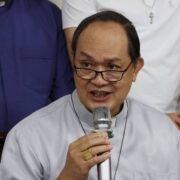





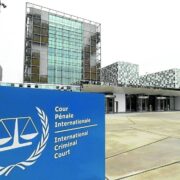


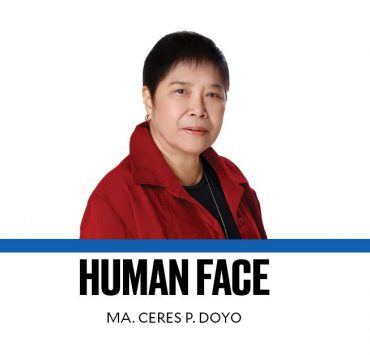
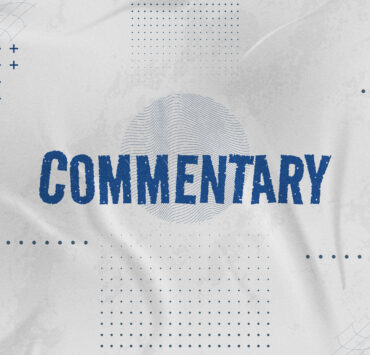


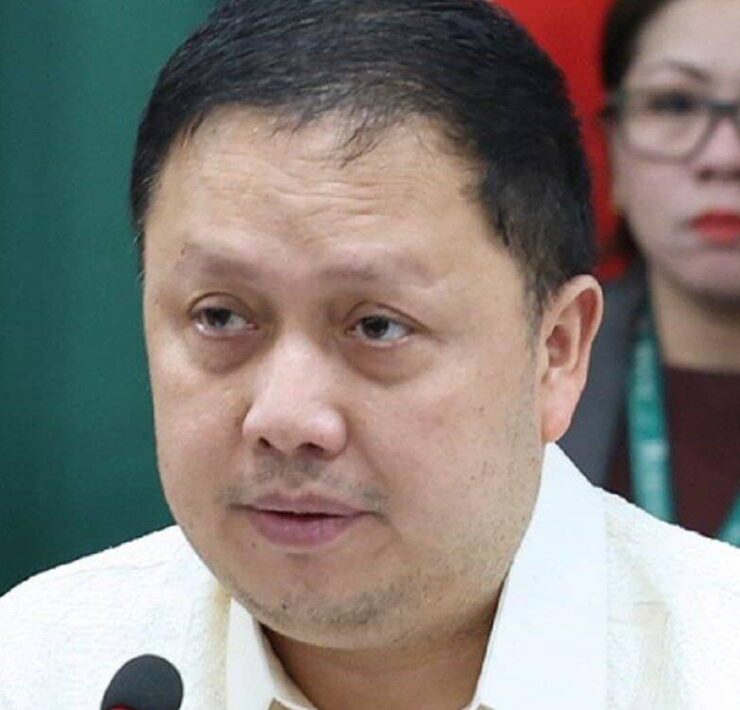



Diplomacy of gifts at Apec